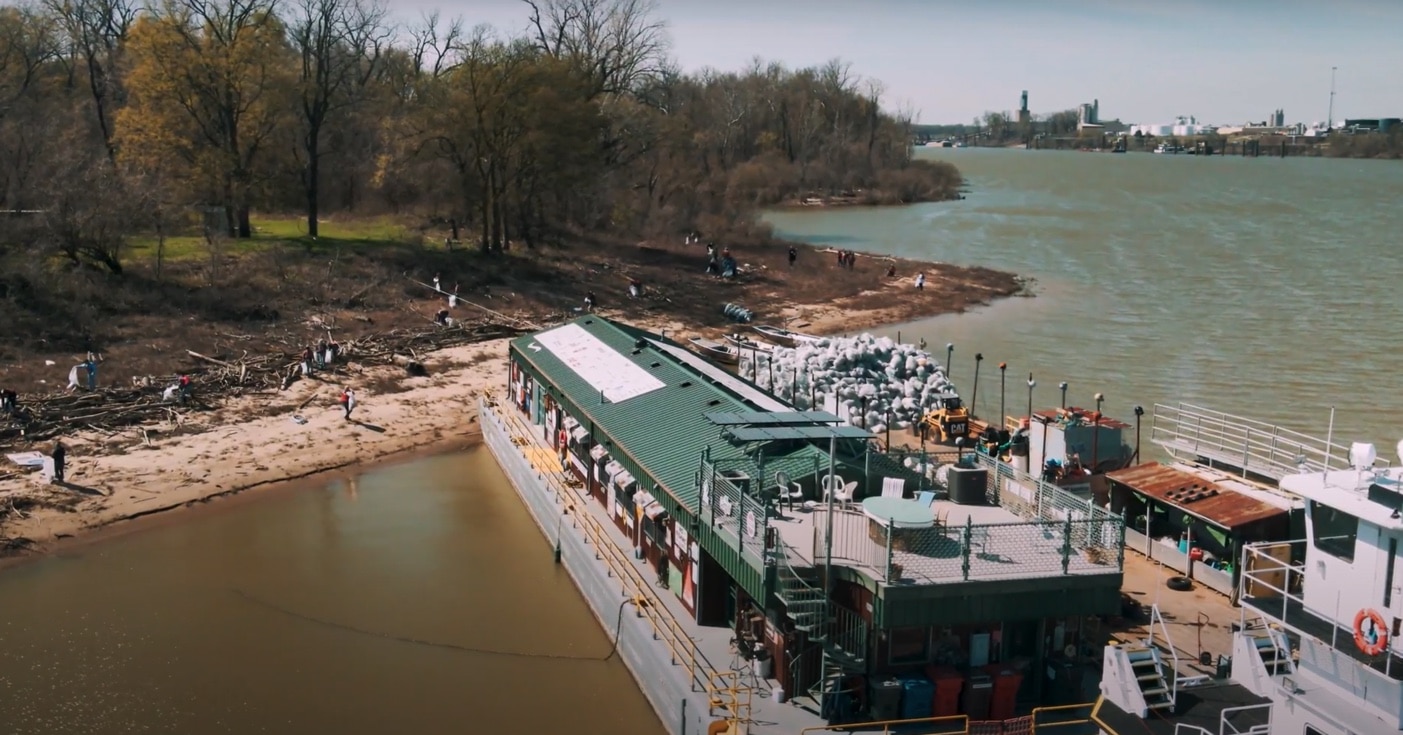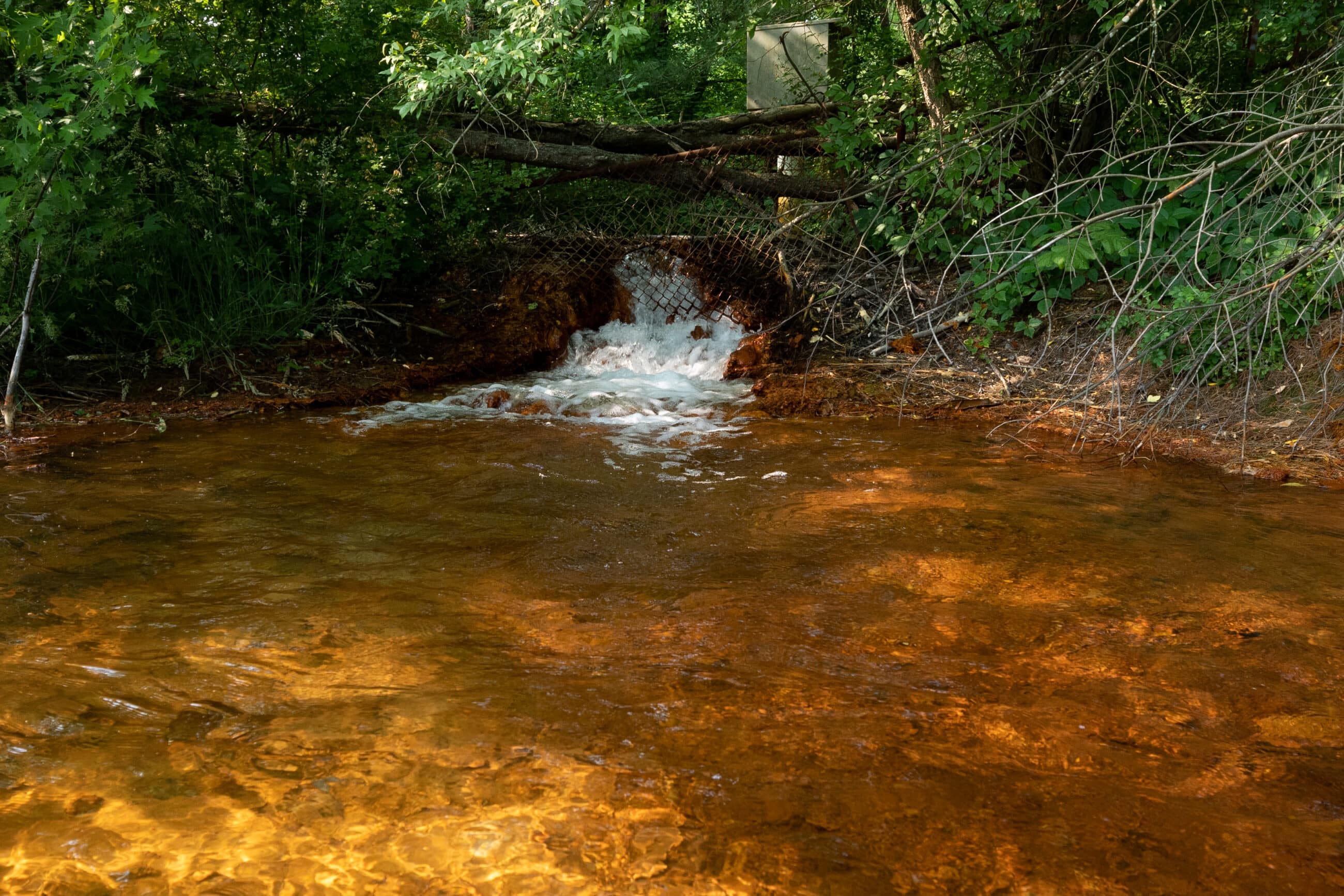Unveiling the Ecological Importance of River Ecosystems
Discover the hidden wonders of river ecosystems and their crucial role in sustaining biodiversity.
The Significance of River Ecosystems
River ecosystems are of immense importance due to their contribution to the overall health of our planet. Rivers play a vital role in maintaining the water cycle, acting as natural channels for the transportation of water from the land to the oceans. They serve as a lifeline for countless species, providing them with essential resources for survival.
Not only do rivers provide water for drinking, irrigation, and industrial purposes, but they also support a diverse range of habitats and ecosystems. These ecosystems are home to a wide variety of plants, animals, and microorganisms, creating a rich tapestry of life.
Furthermore, river ecosystems act as natural filters, purifying the water that flows through them. They help to prevent the accumulation of pollutants and sediment, ensuring that the water remains clean and healthy for both humans and wildlife.
In addition, river ecosystems contribute to the overall biodiversity of our planet. They provide an array of unique habitats that support a wide range of species, including fish, amphibians, reptiles, birds, and mammals. The interconnectedness of these species within the river ecosystem is crucial for maintaining a balanced and sustainable environment.
Overall, the significance of river ecosystems cannot be overstated. They are a crucial component of our planet's natural systems, supporting life, maintaining the water cycle, and preserving biodiversity.
Exploring Biodiversity in River Ecosystems
River ecosystems are renowned for their incredible biodiversity. These ecosystems are teeming with life, hosting a wide variety of plant and animal species.
One of the key factors contributing to the high biodiversity in river ecosystems is the availability of resources. Rivers provide an abundant supply of water, nutrients, and food, creating ideal conditions for various species to thrive. This abundance supports the growth of diverse plant communities, which in turn provide shelter and food for a wide range of animals.
The flowing water in rivers also creates different microhabitats, such as riffles, pools, and eddies. Each of these microhabitats has its own unique set of conditions, attracting different species. For example, riffles with fast-flowing water are often home to fish species that require highly oxygenated water, while pools provide a habitat for aquatic plants and slower-moving fish.
Furthermore, river ecosystems are characterized by their dynamic nature. They undergo seasonal changes, such as flooding during heavy rains or droughts during dry periods. These fluctuations create a mosaic of habitats, attracting different species at different times of the year.
Exploring the biodiversity in river ecosystems reveals a fascinating web of interconnected species, each playing a vital role in maintaining the balance of the ecosystem. From tiny invertebrates to large predators, every organism contributes to the overall health and resilience of the river ecosystem.
In summary, the biodiversity found in river ecosystems is a testament to the incredible complexity and adaptability of nature. These ecosystems are a treasure trove of life, showcasing the wonders of the natural world.
The Complexities of River Ecosystems
River ecosystems are intricate and complex, comprising a delicate balance of physical and biological components.
One of the key complexities of river ecosystems is the flow of water. Rivers are constantly moving, with water flowing downstream due to gravity and other factors. This flow of water creates a dynamic environment, shaping the landscape and influencing the distribution of species.
The physical characteristics of the river, such as its width, depth, and velocity, play a crucial role in determining the types of organisms that can thrive in a particular area. For example, fast-flowing sections of a river may be inhabited by species adapted to withstand the strong currents, while slower-moving sections may support different species that prefer calmer waters.
Another complexity of river ecosystems is the interaction between biotic and abiotic factors. Biotic factors refer to the living organisms within the ecosystem, such as plants, animals, and microorganisms. Abiotic factors, on the other hand, include non-living components like temperature, water quality, and sediment. The interplay between these factors influences the overall health and functioning of the ecosystem.
Additionally, river ecosystems are influenced by external factors such as climate change and human activities. Climate change can alter the flow of water, disrupt the timing of seasonal events, and affect the availability of resources. Human activities, such as dam construction, pollution, and habitat destruction, can have detrimental effects on river ecosystems, leading to the loss of biodiversity and ecological imbalance.
Understanding and navigating the complexities of river ecosystems is essential for their conservation and sustainable management. By studying these ecosystems, we can gain valuable insights into the intricate relationships between species and their environment, helping us make informed decisions to protect and preserve these invaluable habitats.
The Role of Rivers in Wildlife Habitats
Rivers play a vital role in providing habitats for a wide range of wildlife species. These habitats support various stages of the life cycle for many organisms, from reproduction and feeding to shelter and migration.
One of the key functions of rivers in wildlife habitats is the provision of water. Many species rely on rivers as a source of drinking water, especially during dry seasons when other water sources may become scarce. Rivers also serve as important watering holes for numerous animals, attracting a diverse array of species.
In addition to water, rivers provide essential food resources for wildlife. They are home to abundant populations of aquatic plants, insects, fish, and other small organisms that serve as a source of food for larger animals. Fish species, in particular, depend on rivers for their survival and reproduction, making them an integral part of freshwater ecosystems.
Furthermore, rivers act as corridors for wildlife movement and migration. Many species, such as birds, mammals, and fish, rely on rivers as travel routes between different habitats. These migration pathways are crucial for maintaining gene flow, ensuring genetic diversity, and preventing the isolation of populations.
The riparian zones along rivers also provide important habitats for both aquatic and terrestrial species. These zones are characterized by the transition between land and water, creating a unique environment that supports a wide range of plants and animals. Riparian vegetation provides shade, shelter, and food for many species, while also stabilizing the riverbanks and reducing erosion.
Overall, the role of rivers in wildlife habitats is indispensable. They provide a lifeline for countless species, offering water, food, shelter, and connectivity. Protecting and preserving these habitats is crucial for the conservation of biodiversity and the long-term survival of wildlife species.
Conservation Efforts to Preserve River Ecosystems
Recognizing the ecological importance of river ecosystems, conservation efforts are underway to preserve and restore these invaluable habitats.
One key aspect of conservation involves protecting the water quality of rivers. Pollution from various sources, such as industrial waste, agricultural runoff, and sewage, poses a significant threat to river ecosystems. Implementing measures to reduce pollution and promote responsible waste management is essential for maintaining the health and integrity of these ecosystems.
Another important conservation strategy is the restoration of degraded river habitats. This may involve removing barriers, such as dams or weirs, that impede the natural flow of water and disrupt the migration of fish species. Restoring riparian vegetation and creating buffer zones along riverbanks can also help mitigate the negative impacts of human activities and improve the overall health of the ecosystem.
Protecting and preserving the biodiversity of river ecosystems is a fundamental goal of conservation. This includes identifying and designating protected areas, such as national parks or nature reserves, where the unique habitats and species found in river ecosystems can be safeguarded. It also involves implementing sustainable fishing practices and promoting responsible recreational activities to minimize the negative impacts on wildlife.
In addition to these measures, raising awareness and promoting education about the ecological importance of river ecosystems is crucial. By fostering a sense of stewardship and encouraging community involvement, we can empower individuals and organizations to take action and contribute to the conservation of these vital habitats.
In conclusion, conservation efforts to preserve river ecosystems are essential for ensuring the long-term sustainability of our planet. By protecting the water quality, restoring degraded habitats, preserving biodiversity, and raising awareness, we can safeguard these invaluable ecosystems for future generations to enjoy and benefit from.
Share this
You May Also Like
These Related Stories

The Economic Powerhouses: Unlocking the Value of Rivers

"Chasing the Bono": Ecotourism Through Surf

